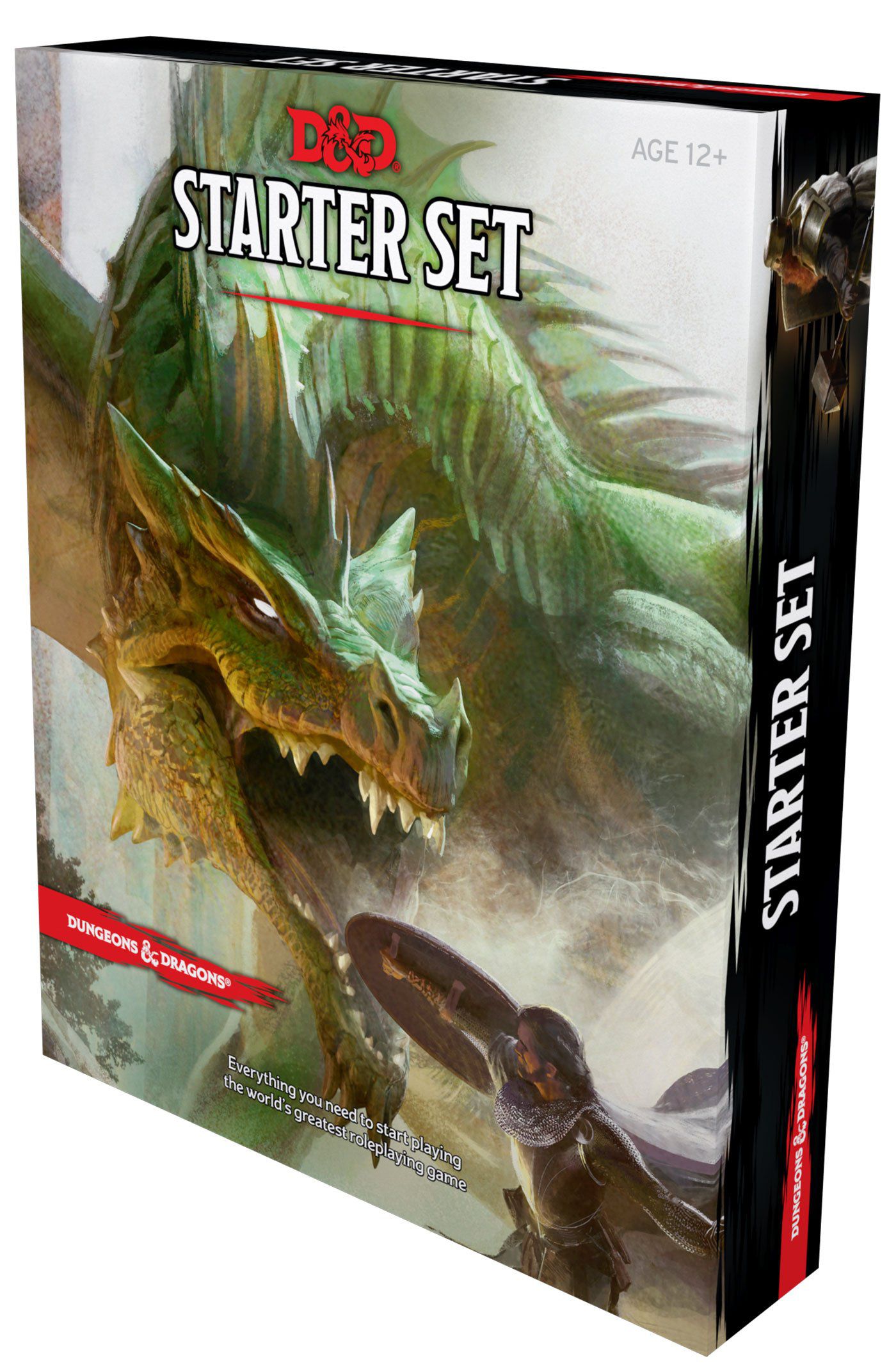Let’s talk about encounter balance.
A common misconception is that the challenge rating system in D&D is meant to guarantee specific encounter outcomes: The CR = X, therefore the encounter will end with precisely Y resources depleted.
This isn’t really true. Furthermore, I would argue that it’s not possible for any challenge rating system to accomplish this (unless you so thoroughly constrain player choice as to choke out the creative heart of an RPG), because a challenge rating system is inherently limited in the systemic knowledge it can have about a specific encounter.
Factors beyond the scope of 5th Edition’s challenge rating system, for example, include:
- Players’ tactical skills
- Variance in character builds
- Environment
- Encounter distance
- Stat block synergy (in both PCs and opponents)
- Equipment
- Random dice rolls
(I frequently get static on listing random dice rolls here: “But probability!” Yes, probability exists. But, first, the number of dice rolls in a single fight are often too few for probability to become truly relevant — for the results to conform to the expected value — except over multiple encounters. And, second, the entire point of random dice rolls is to have random outcomes. QED.)
Does this mean that the challenge rating system is pointless?
Not at all. The function of the challenge rating system is to help the DM identify monsters and build encounters that are in the right ballpark. Our first hot take today is that the challenge rating system is actually pretty effective at doing that. And, furthermore, that’s all it needs to do and, arguably, all that it should do.
Despite this, DMs are constantly lured by the siren call of hyper-precision: If we could just account for every single variable, we could guarantee specific outcomes! We wouldn’t even need the players at all! Their choices wouldn’t matter!
(That, by the way, is why this is not actually a desirable goal, even if it was achievable.)
There are several reasons for this.
Partly, it’s the allure of false precision: If we have a Challenge Rating Table, then the designers need to put numbers on the table. And no matter how many times they use words like “maybe” or “might” or “roughly” in describing the function of that table, this can create the expectation that hitting that precise number is important. (In reality, the difference between a 1,600 XP and 1,700 XP encounter is essentially nonexistent.)
The labels applied to different encounter levels also seem prone to misinterpretation. I find this varies depending on the methodology used for the label. In the case of 5th Edition D&D, the designers have generally chosen a label which describes the worst case scenario. For example, a “Deadly” encounter doesn’t mean “this encounter is likely to result in a TPK.” It actually means that there’s a risk you’ll see at least one PC making death saving throws. (You can think of the possible outcomes of an encounter as being mapped to a bell curve: The outcome of an 8th-level encounter might, in actual practice, be the average result of anything from a 4th-level encounter to a 12th-level encounter. The 5th Edition label is generally describing a result somewhere a little off to the right side of the bell curve.)
But the final factor is linear campaigns.
THE PROBLEM WITH LINEAR CAMPAIGNS
I’m occasionally accused of hating linear campaigns. This is not the case. I dislike predetermined plots, but that’s not the same thing. I’ve actually talked in the past about how to design linear campaigns, and in So You Want To Be a Game Master I actually have several chapters and adventure recipes for creating linear scenarios.
(A linear scenario is also not the same thing as a railroad. It’s accurate to say that I loathe railroads, and everything I talk about here is probably ten times more true if you’re railroading your players.)
There are, however, consequences for using a linear structure. (Just as there is for using any structure.) This is particularly true if you only use linear structures, which can be the unfortunate case for many DMs who don’t have alternative scenario structures in their repertoire.
A linear scenario inherently means that you, as the DM, are preparing a specific sequence of experiences/scenes/encounters/whatever you want to call them. The players will experience A, then they will experience B, then they will experience C, and so forth.
A consequence of this style of prep, therefore, is that the DM is solely responsible for what the PCs will be doing. This creates an enormous pressure on the DM, because you’d better get it right: You’d better get the spotlight balance right and make sure that every single PC has an equal chance to shine, because otherwise you’re making it difficult or impossible for one of the players to participate. And you’d better get the combat balance right, because forcing the players into fights they can’t win is a dick move.
So the DM will, naturally, spend more effort carefully crafting each encounter to make sure it works. Ironically, the more specific their prep becomes for each situation, the more weight is placed on their shoulders to make sure they get it right. This can quickly decay into a vicious cycle, with the DM pouring more and more effort into every single encounter in order to meet ever-rising expectations. The result is often My Precious Encounters™, in which every encounter is lovingly crafted, carefully balanced, painstakingly pre-constructed, and utterly indispensable (because you’ve spent so much time “perfecting” it).
… and then the challenge rating system isn’t hyper-precise and the players mop up the whole thing with a couple of quick spells?!
This is an outrage!
I guess we’ll just need to lock down more choices, get out the shackles, and try even harder next time guarantee the encounter works exactly as we predetermined it should.
NON-LINEAR BALANCE
Some of you reading this may be thinking, “Okay… but what’s the alternative?”
And when I say that the alternative is non-linear scenarios, your gut reaction is likely to be, “You mean design even more encounters? And the players might not even encounter some of them? I can’t do that! Do you know how much work I put into these encounters?!”
In truth, however, non-linear design is a completely different paradigm: The players are now able, to at least some extent, choose the experiences they’re going to have. And because the players now have responsibility for what they do and how they do it, that weight is lifted from the DM’s shoulders.
Looking at just the issue of combat balance, for example, if the PCs run into an encounter in a linear adventure that they can’t defeat, that’s a disaster! They can’t move forward unless they defeat the encounter, and they can’t defeat it, so they’re completely stuck. It’s as if they lived on an island and the only bridge to the mainland was closed for construction.
In a non-linear scenario or campaign, on the other hand, if the PCs run into an encounter they can’t defeat (or which they just think they can’t defeat or which doesn’t look fun to them), then they can just change direction and find a route around that encounter. Or, alternatively, go and do something else until they level up, gain magic items, make allies, or otherwise become powerful enough to take out the challenge that was previously thwarting them.
You can see an analogous set of paradigms in video game RPGs: Some will allow players to grind XP, allowing them to dial in the mechanical difficulty they’re comfortable dealing with at their level of skill. Other CRPGs will level up the world around the PCs or limit the total amount of XP they can earn. The former games can appeal to a broader range of skill levels and the designers have a lot more leeway or flexibility in how they design the challenges in the game. The latter games have a lot less flexibility, and players can end up completely stuck (due to lack of skill, a mistake in their character build, disability, or any number of factors).
LINEAR BALANCE WITH MILESTONES
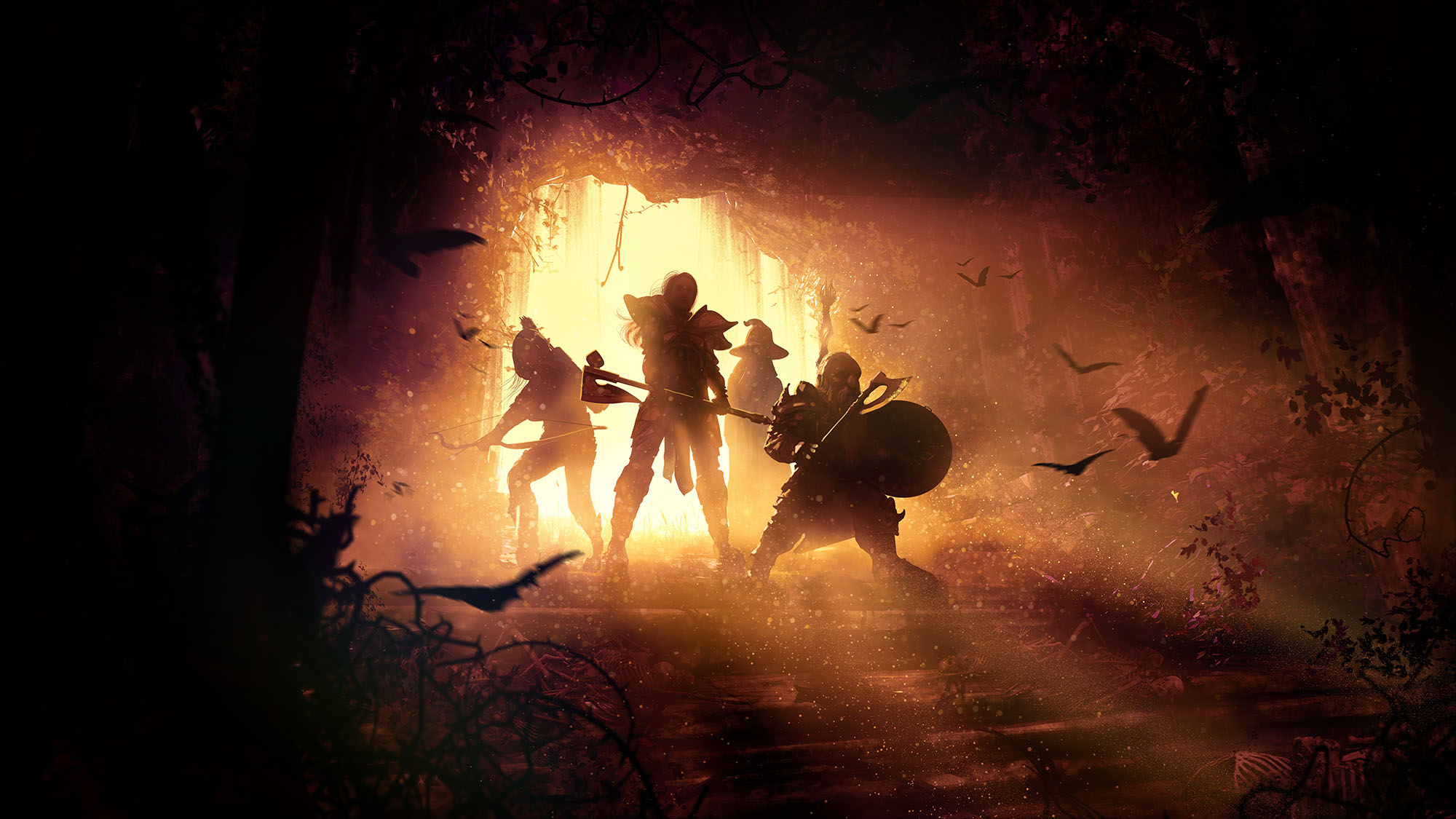
Okay, but you want to run a linear adventure. Maybe that’s the best structure for the campaign you’ve got planned. Maybe you’ve picked up a published adventure that uses a linear structure and it’s just not working: It’s too easy or it’s too hard, and you want it just right.
Fortunately, there’s an incredibly powerful tool you can use for balancing linear campaigns: Milestone leveling.
The trick is that you just need to ditch the idea of hardcoding the level ups to specific beats in the campaign. Instead, after each scenario, do an assessment of how your encounter balance is working in actual practice:
Are the players cruising through stuff? Increase the difficulty of encounters. If you’ve been designing 6th-level encounters, bump them up to 7th-level encounters. (You can also change the balance of Easy/Medium/Hard/Deadly encounters you’re using, or do half-step bumps in XP budgets between levels.)
Are the players feeling challenged? You’re in the sweet spot. You can hold in that sweet spot for X sessions, with the number X being adjusted to your personal taste. Then you can start increasing the difficulty by steps again until…
Are things getting really tough for the PCs? Level them up (without immediately shifting encounter difficulty) and then assess.
One thing to be aware of is that this doesn’t work great for 1st-level characters, which are very fragile (and kind of need special treatment when it comes to encounter building in general).
Another thing to keep in mind is that you need to miss very low and for a very long time for “too easy” to ruin your campaign; you only have to miss once for “too hard” to TPK the group. So, when in doubt, you’re generally better off aiming low and then adjusting up.
You’ll also likely discover that sometimes PCs will level up, feel like they’re in the sweet spot, and then suddenly everything gets easier and they’re cruising through encounters that are too easy. What’s likely happened is that the players have figured out how their new abilities work (and, importantly, work together), allowing them to perfect their tactics.
You can see the opposite effect happen if the PCs have been fighting one type of monsters for awhile, but then the campaign shifts and they’re suddenly fighting completely different monsters. Experienced difficulty may momentarily spike until they get a feel for the new creatures.
It’s also not a bad idea to check in with the players periodically and see how they’re feeling about the difficulty level in the campaign. They won’t always be right, but neither will you, so comparing notes can help you find the sweet spot for your group.
“Hey! Isn’t that actually Level Advancement Without XP?” Sorry, folks. The ship sailed on this one back in 2014 when every single official adventure started referring to “you pick events in the campaign when the characters level up” as milestone XP. “Milestone” is just too convenient a term for the form of level advancement best suited to these linear adventures. If you have any complaints about this, please address them to Wizards of the Coast.
LINEAR BALANCE WITHOUT MILESTONES
“But I don’t want to use milestone XP! I want to give XP for combat!”
… you just want to make things difficult, don’t you?
That’s okay. Once you understand the principles described above, you can accomplish the same effect with combat/challenge-based XP, it will just be a little more obfuscated.
Specifically, with XP awards, the PCs will be gaining levels at a certain pace. If they’re cruising through encounters, you just need to increase the difficulty of the encounters they’re facing at a faster pace than the pace they’re leveling at. (So in the time they’ve gone from 6th to 7th level with everything feeling too easy, the encounters you’re building will have gone from 6th level to 8th level or maybe even 9th level. Or, conversely, if the encounters have been too tough for them, you might hold the encounter design at 6th level even though they’ve leveled up to 7th.)
In other words, it’s the same process of dialing in: It’s just made slightly more complicated by the PCs being a moving target.
OTHER FAQs
“Doesn’t this mean that my 7th-level PCs could end up facing, I dunno, 11th-level encounters?”
Quite possibly. Or your specific group of 7th-level PCs might be better served by 5th-level encounters. If it makes you feel better, even by-the-book 11th-level Medium encounters are actually easier than 7th-level Deadly encounters, so you’ve probably already been doing this.
More importantly, these are just arbitrary numbers. The important thing is that you and your players are having fun: If your players are really good at tactical planning or they’ve managed to get their hands on an unexpectedly powerful magical artifact, that can easily mean that they’re capable of punching above their by-the-book weight-class.
And you know what? That sounds fun to me!
“I’m running a published adventure. How do I ‘increase the difficulty’? Do I need to rebuild the encounters?”
Instead of adjusting encounter difficulty, just skip the next milestone level suggested by the scenario. You can see a similar technique in Random D&D Tip: Adjusting Encounters by Party Size.
“Couldn’t I use these same principles when designing non-linear scenarios or campaigns?”
Absolutely!
For scenarios, you’re generally targeting a certain difficulty in your encounter design regardless of whether it’s a linear or non-linear scenario. This technique is about dialing in what your current target should be in the challenge rating system, so it works just as well either way.
For a non-linear campaigns, you want to avoid the potential pitfall of leveling up the campaign world. So if you’ve got a structure like a megadungeon or hexcrawl, where the players can already dial in their preferred difficulty level, this technique probably isn’t going to be particularly useful. But it can find application in some node-based campaigns and freeform sandboxes.
FURTHER READING
Revisiting Encounter Design
The Many Types of Balance
Fetishizing Balance
The Death of the Wandering Monster
Adversary Rosters


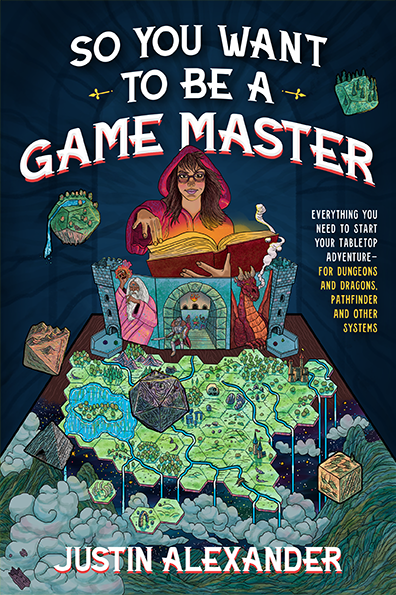









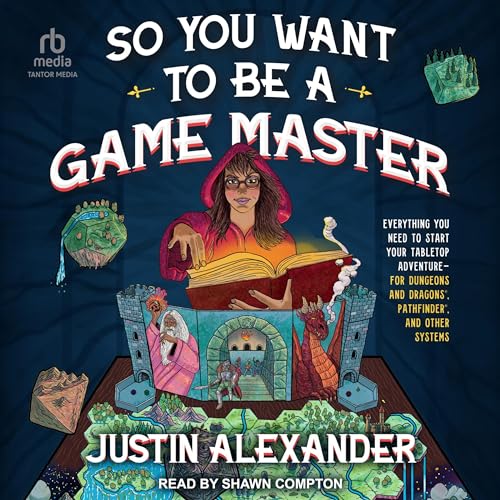
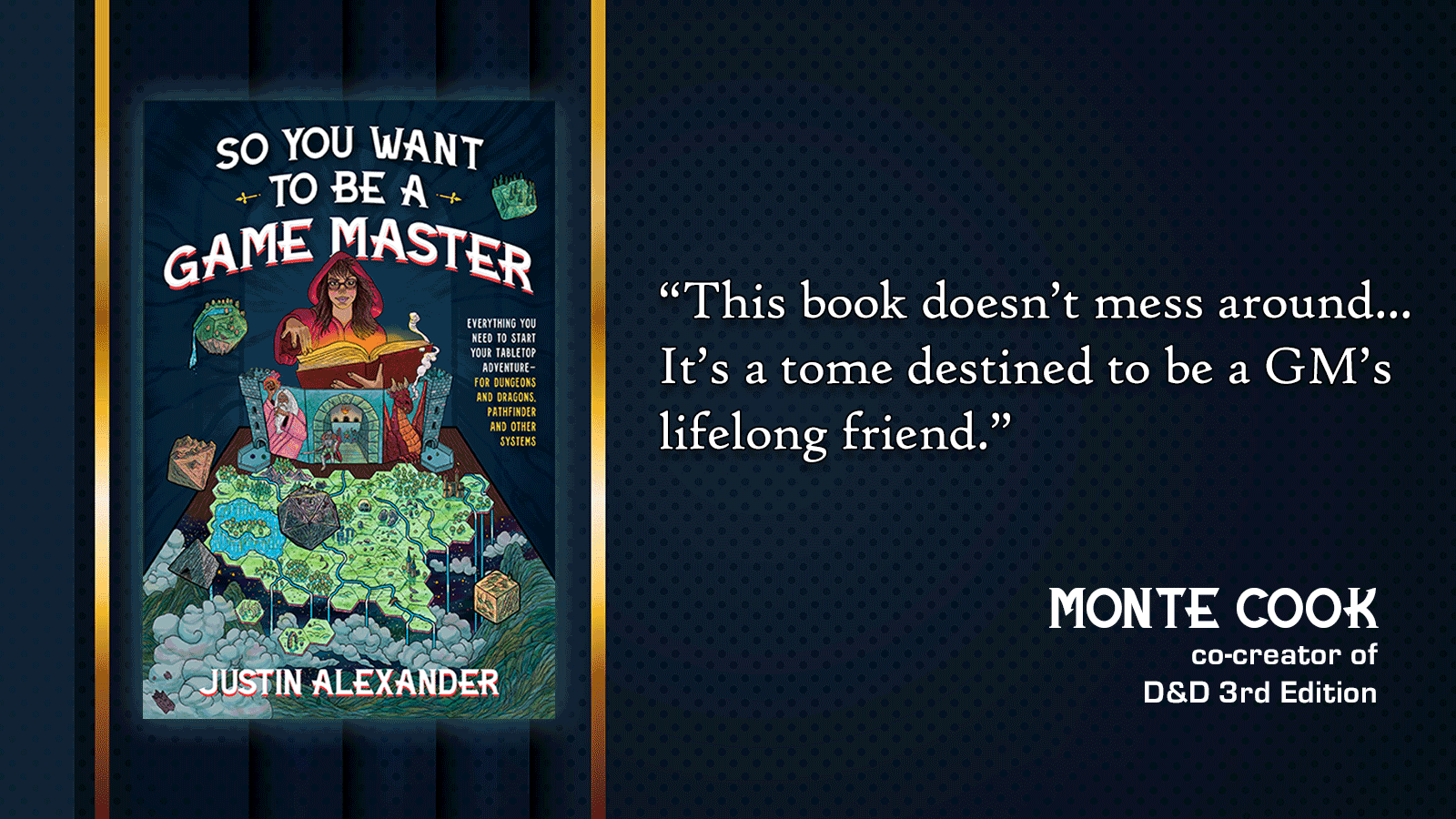

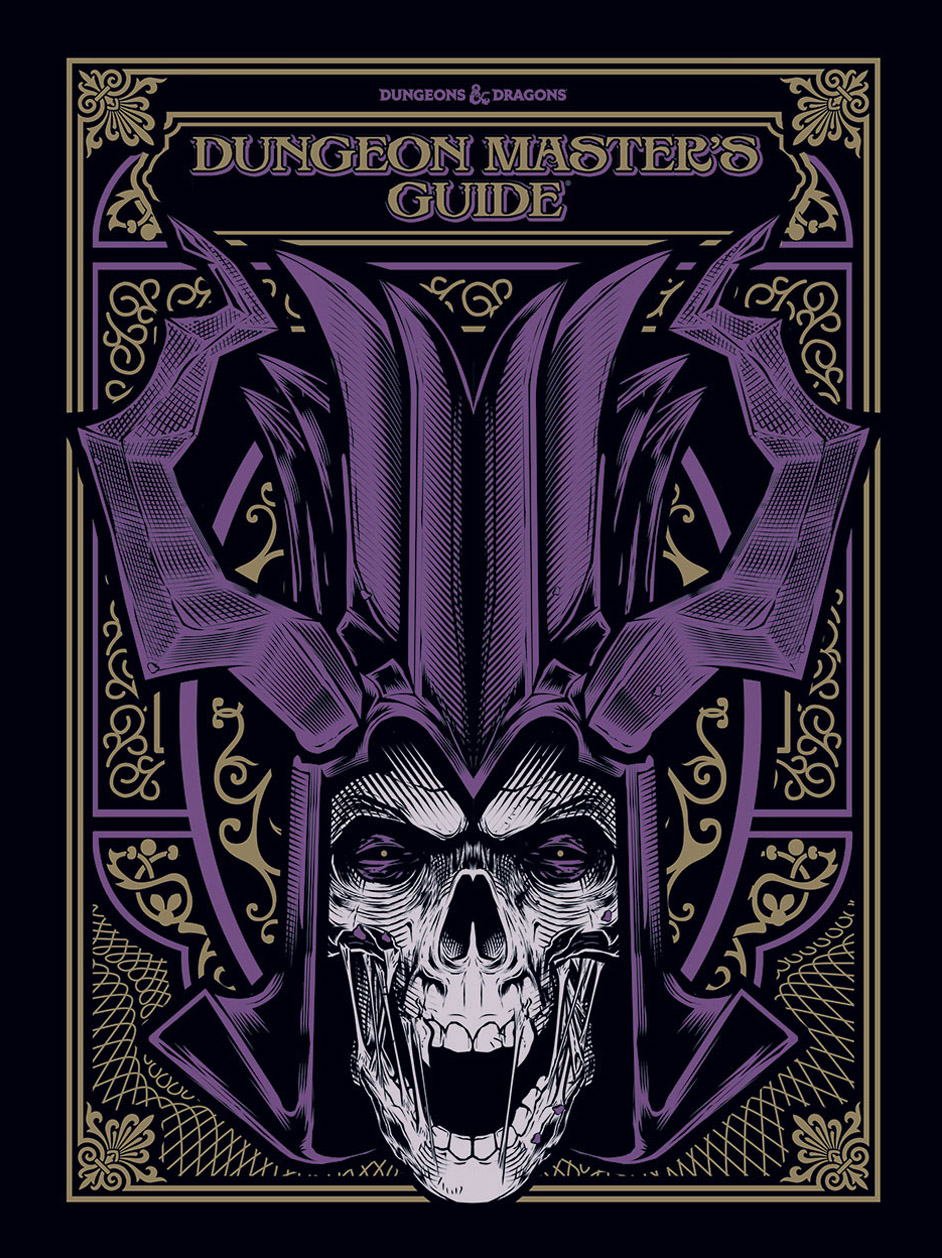

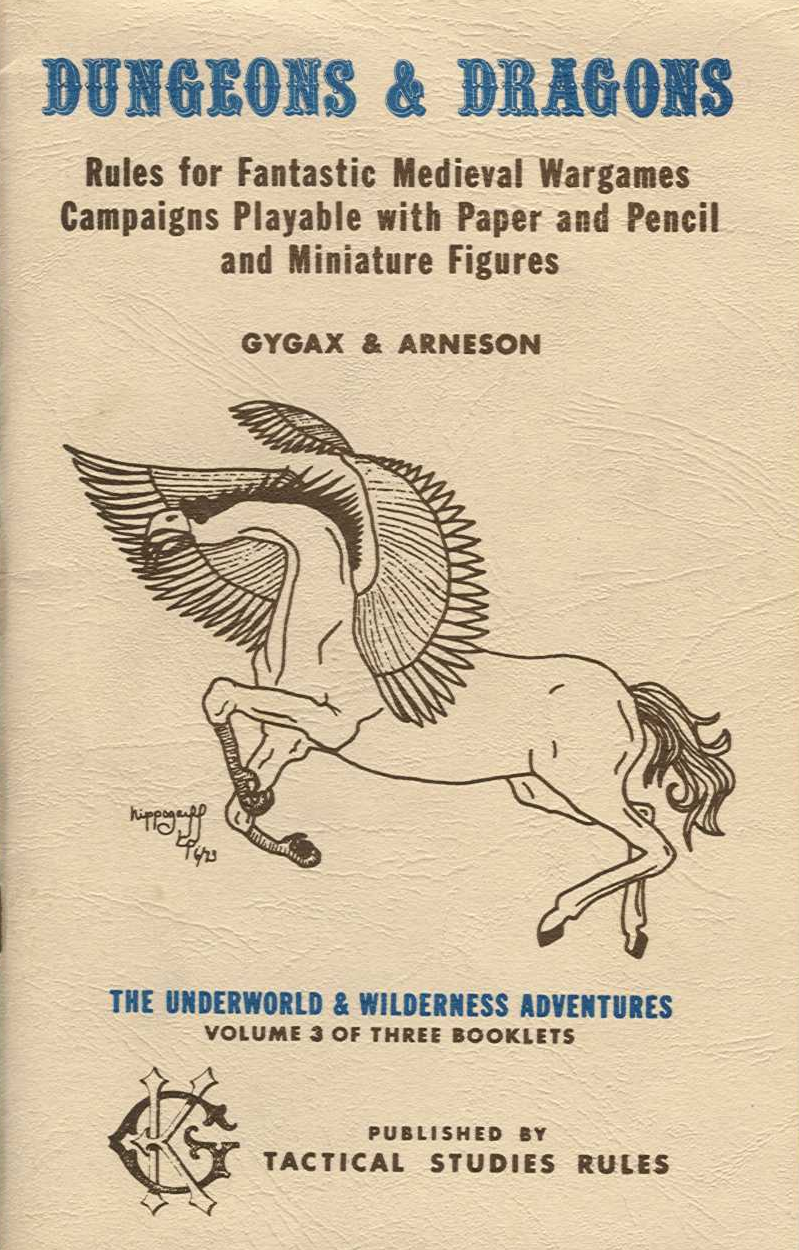 1. You can move a distance based on your speed and encumbrance per turn.
1. You can move a distance based on your speed and encumbrance per turn.